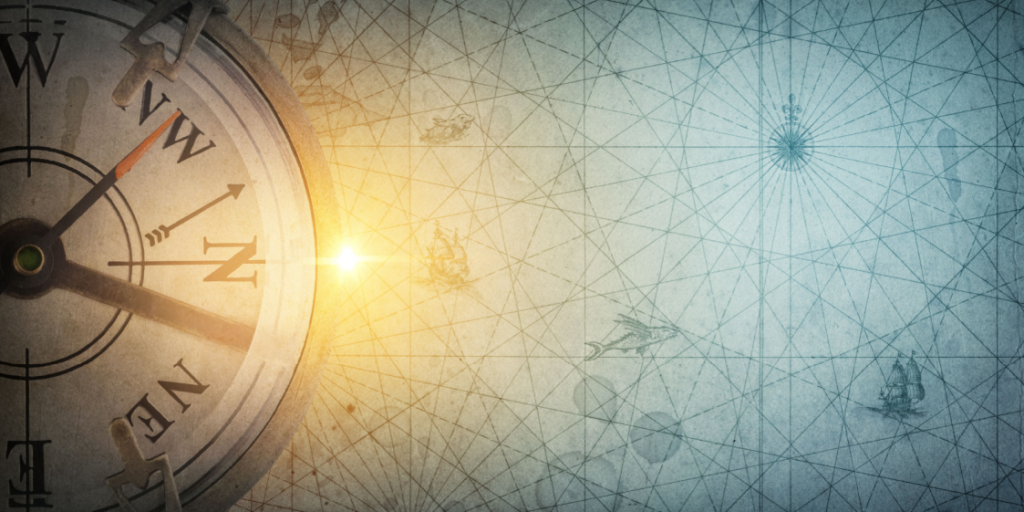Ancient island settlers may have mastered open-sea travel far earlier than long assumed, according to new scientific findings
Others are reading now
A fresh analysis of tools from several Southeast Asian sites is prompting researchers to rethink how—and when—early humans crossed vast stretches of ocean.
The evidence, published in Journal of Archaeological Science, challenges long-held beliefs about the technological limits of Paleolithic communities and suggests a more complex maritime story for the region.
Early clues emerge
For decades, scholars believed that the seafaring skills required for such voyages were beyond the capabilities of people living during the Old Stone Age.
According to the Journal of Archaeological Science, the new research disputes that assumption, arguing that innovation during this period was not limited to Africa and Europe.
The breakthrough comes from stone artefacts recovered in the Philippines, Indonesia and Timor-Leste. Researchers say the tools point to maritime knowledge comparable to that of much later societies and may date back as far as 40,000 years.
Also read
The Express US reported that the main challenge in confirming such early nautical activity has been the scarcity of surviving organic materials, such as wood or fibres, which would have formed ancient boats.
Traces of technology
The study argues that recently identified stone tools provide indirect evidence of the missing organic components.
Researchers found signs of plant processing linked to the “extraction of fibers necessary for making ropes, nets, and bindings essential for boatbuilding and open-sea fishing.”
These findings sit alongside fishing hooks, net weights, gorges and the remains of deep-ocean species including tuna and sharks.
Together they form what the authors describe as a detailed picture of a community well-versed in sea travel and off-shore fishing.
Also read
“The remains of large predatory pelagic fish at these sites indicate the capacity for advanced seafaring and knowledge of the seasonality and migration routes of those fish species,” the research team wrote according to Express US.
The collection of tools and marine remains “indicates the need for strong and well-crafted cordage for ropes and fishing lines to catch the marine fauna.”
The authors suggest that the tools illustrate complex rope-making and fishing practices, implying that early mariners used plant fibres to build and secure their vessels before adapting similar materials for ocean-going hunts.
Rethinking the voyages
Discoveries of fossils and tools on isolated islands have long been interpreted as signs that early modern humans drifted across oceans by chance. The new study challenges this, arguing that these crossings required deliberate planning rather than accidental journeys.
Instead of unintentional voyages on makeshift rafts, the researchers propose that prehistoric travellers were informed navigators equipped with the skills needed to cross deep waters.
Also read
In a university press release, they added that the presence of sophisticated maritime technology in prehistoric Island Southeast Asia highlights the ingenuity of “early Philippine peoples and their neighbours,” whose knowledge “likely made the region a hub for technological innovations tens of thousands of years ago and laid the groundwork for the maritime traditions that still flourish in the region today.”
Sources: Journal of Archaeological Science, Express US


